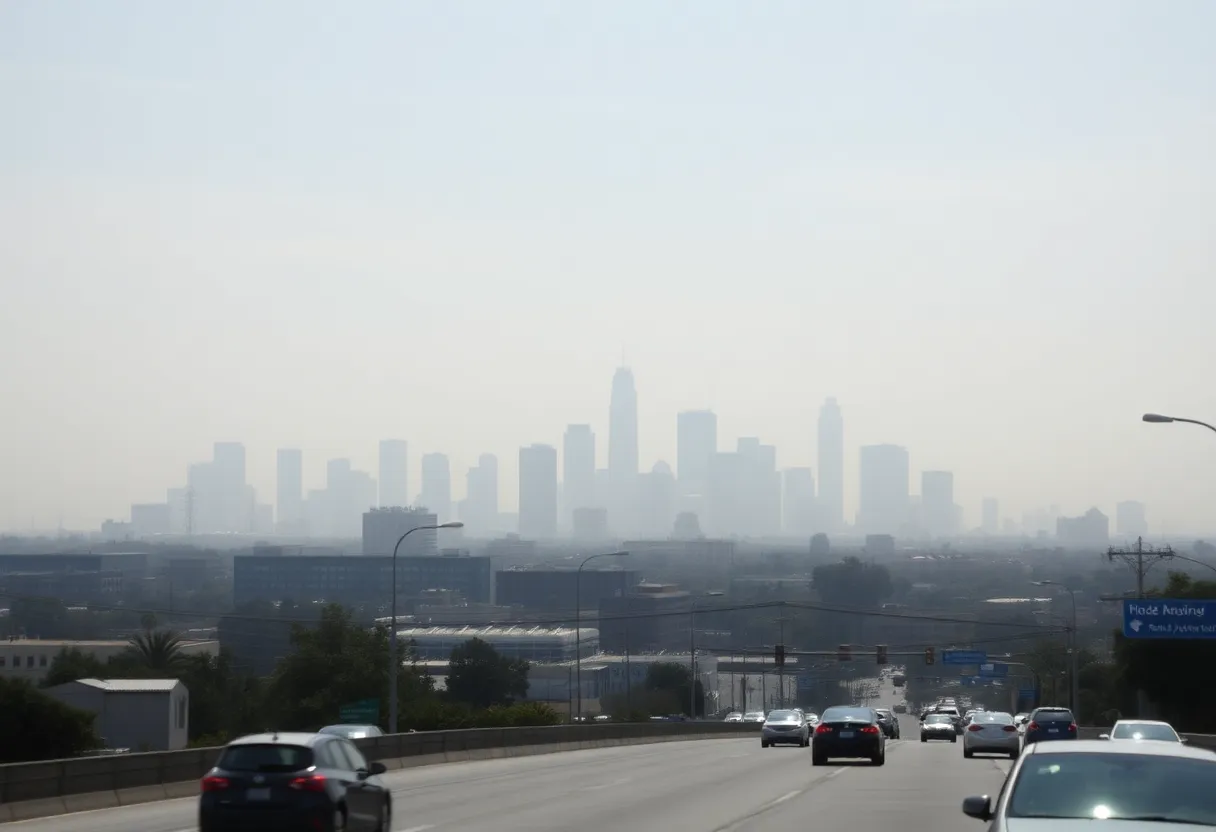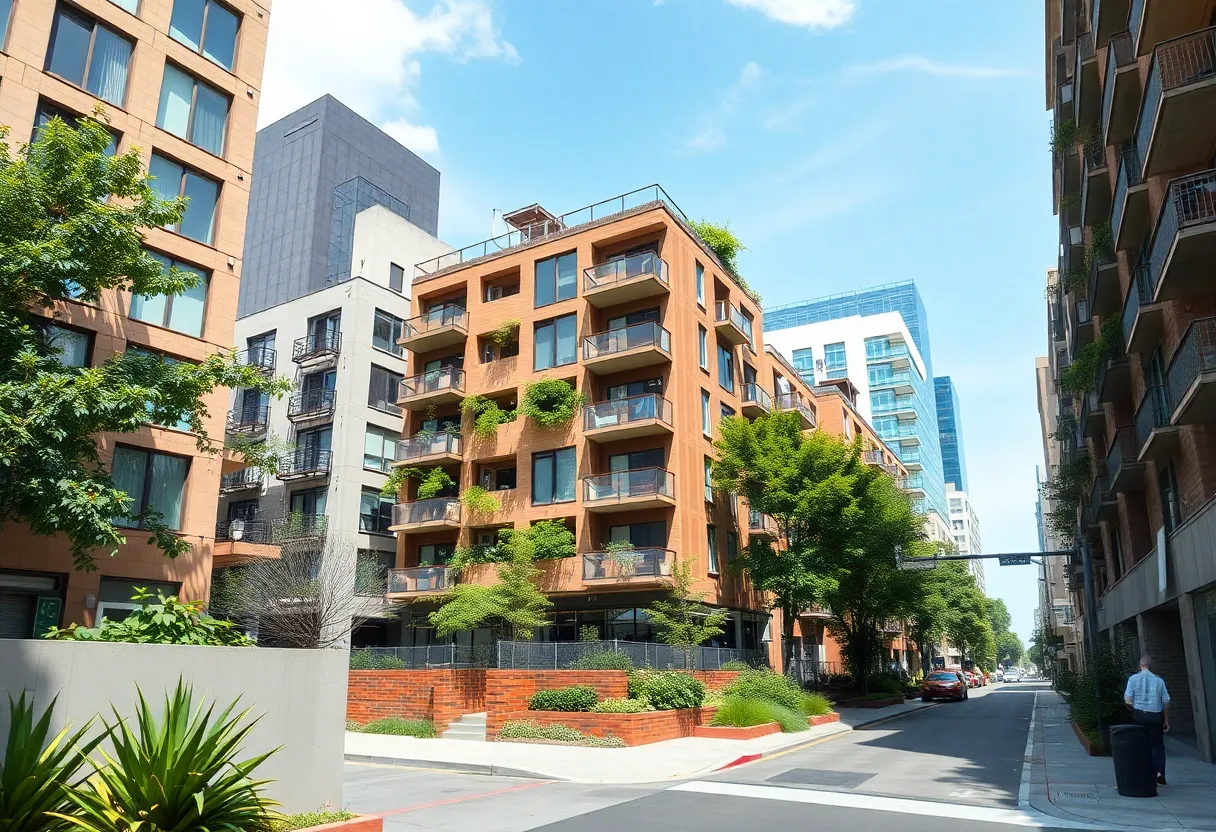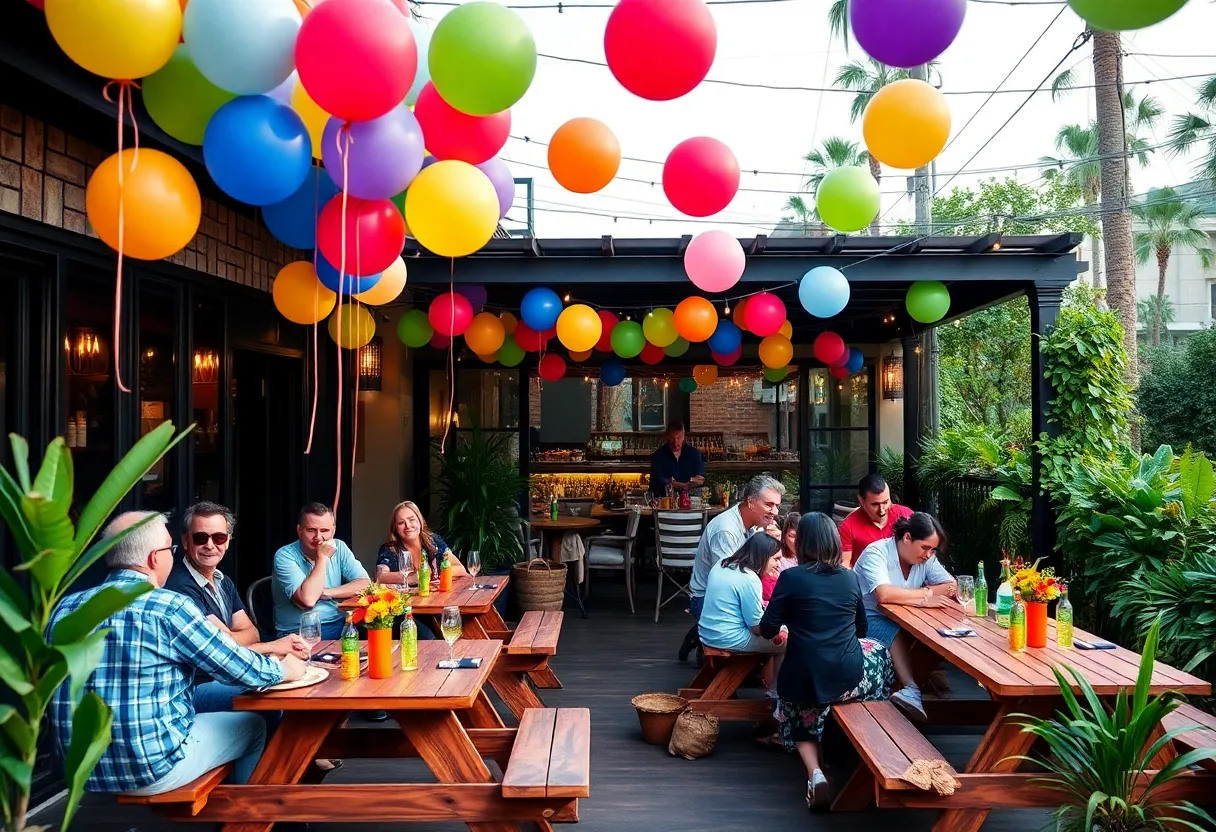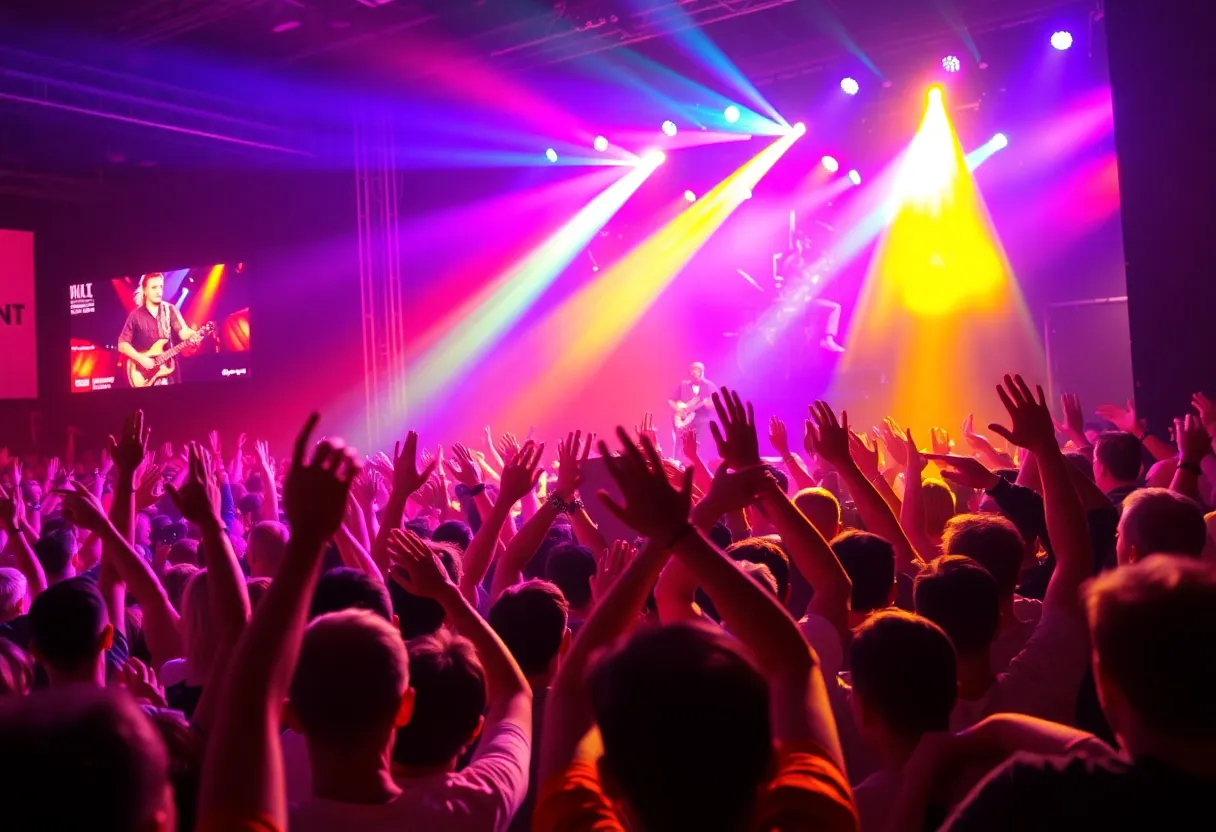News Summary
Los Angeles reflects on its ongoing battle with air pollution as it marks the anniversary of its first significant smog episode. The 1943 event raised awareness and led to scientific breakthroughs linking vehicle emissions to smog formation. Although air quality has improved over the decades, Los Angeles remains the most polluted city in the U.S., facing challenges from transportation and regulatory changes. Public health officials urge vigilance and proactive measures during the smog season.
Los Angeles is once again at the forefront of discussions surrounding smog and air quality challenges as the city marks the anniversary of its first significant smog episode, which occurred on July 8, 1943. This historical event not only shocked residents with its immediate effects, such as car accidents and eye irritation but also set the stage for an ongoing struggle against air pollution caused primarily by emissions from vehicles.
The initial smog event garnered public attention and concern as residents became bewildered by the sudden changes in their air quality. At the time, individuals resorted to wearing makeshift solutions such as gas masks, while even animals, like a donkey at the Griffith Park Zoo, were outfitted with goggles to protect them from the hazy air. Observers later noted that the Los Angeles Times referred to this occurrence as a “daylight dim out,” hinting at the realization of a new and alarming environmental issue affecting the city’s inhabitants.
For several years, various theories circulated regarding the causes of the smog, with community members initially speculating potential threats such as chemical attacks from Japan during World War II and leaks from local chemical plants. It wasn’t until 1952 that a breakthrough occurred when Caltech professor Arie Haagen-Smit established a scientific link between car emissions and smog formation. His findings faced resistance from various sectors, given the reliance on vehicle transportation.
Despite the initial opposition, air quality in Los Angeles has seen significant improvements over the decades, largely due to advancements in car technology and emissions regulations implemented by the California Air Resources Board. Data shows that in 2017, the L.A. area recorded 145 days surpassing the federal ozone standard, which was a notable reduction from 234 days in 1978. However, the statistics still indicated a critical air quality concern, with L.A. consistently ranking amongst the smoggiest cities in the United States.
Recent assessments reveal further progress, with the number of unhealthy ozone days dropping to 115 in 2023. Nonetheless, the American Lung Association continues to classify Los Angeles as the most polluted city in terms of air quality across the nation. The findings underscore the city’s struggle with ozone and particle pollution levels, highlighting that California houses five of the ten smoggiest locations in the country.
Moreover, the U.S. Environmental Protection Agency’s recent proposals to repeal or dilute environmental regulations pose possible challenges to the ongoing improvements in air quality. As local lawmakers grapple with potential legislative changes, concerns about future pollution levels rise alongside the need to maintain previous gains in air quality.
Monitoring air quality remains imperative, especially during the summer smog season, which spans from May to September. During these months, rising temperatures coupled with high emission levels can severely exacerbate smog conditions. Public health officials recommend that individuals proactively manage their exposure by staying updated with local air quality reports and minimizing outdoor activities during peak smog hours.
The main culprits of air pollution in Los Angeles include heavy-duty trucks, cargo ships, and regional wildfires, with transportation continuing to be the largest pollution source in urban zones. To combat these ongoing issues, the South Coast Air Quality Management District continues to promote clean technology and advocate for stricter emissions standards.
While advancements have indeed been made, air quality campaigns stress the importance of remaining vigilant to prevent any setbacks in efforts to achieve cleaner air for Los Angeles residents. As the city acknowledges its historical struggles with smog, the ongoing commitment to enhancing air quality remains a top priority for the community and its leaders alike.
Deeper Dive: News & Info About This Topic
HERE Resources
Patrick Ta: The Journey of a Celebrity Makeup Artist in Los Angeles
Exploring the Unique Popcorn Experience in Los Angeles Theaters
High School Softball Showdown in Lake Balboa
Roark Capital Acquires Majority Stake in Dave’s Hot Chicken
Los Angeles Weekend Dining Highlights
L.A. Pride Festivals Celebrate LGBTQ+ Diversity and Culture
Senate Votes to Revoke California’s Vehicle Emissions Waivers
California’s Efforts to Ban Gas-Powered Vehicles Blocked
Senate Revokes California’s Petrol-Only Vehicle Ban
Senate Blocks California’s Gasoline Vehicle Ban
Additional Resources
- Los Angeles Times: Smoggiest City
- Wikipedia: Air Pollution in Los Angeles
- KTLA: Air Quality Alert
- Google Search: Los Angeles Smog History
- ABC7: Staying Safe During Smog Season
- Encyclopedia Britannica: Smog
- Politico: Los Angeles Smog Increase
- Google News: Los Angeles Air Quality

Author: STAFF HERE HOLLYWOOD
The Hollywood Staff Writer represents the experienced team at HEREHollywood.com, your go-to source for actionable local news and information in Hollywood, Los Angeles County, and beyond. Specializing in "news you can use," we cover essential topics like product reviews for personal and business needs, local business directories, politics, real estate trends, neighborhood insights, and state news affecting the area—with deep expertise drawn from years of dedicated reporting and strong community input, including local press releases and business updates. We deliver top reporting on high-value events such as the Hollywood Bowl summer concerts, the Hollywood Christmas Parade, film premieres at TCL Chinese Theatre, and festivals at the Magic Castle. Our coverage extends to key organizations like the Hollywood Chamber of Commerce and Visit Hollywood, plus leading businesses in entertainment, dining, and tourism that define the local economy. As part of the broader HERE network, including HERELosAngeles.com, HEREBeverlyHills.com, HEREAnaheim.com, and HEREHuntingtonBeach.com, we provide comprehensive, credible insights into Southern California's dynamic landscape.





